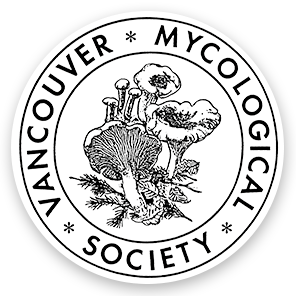N. Milne, P. Thomsen, N. Mølgaard Knudsen, P. Rubaszka, M. Kristensen, I. Borodina
via https://doi.org/10.1016/j.ymben.2019.12.007
Abstract
Psilocybin is a tryptamine-derived psychoactive alkaloid found mainly in the fungal genus Psilocybe, among others, and is the active ingredient in so-called “magic mushrooms”. Although its notoriety originates from its psychotropic properties and popular use as a recreational drug, clinical trials have recently recognized psilocybin as a promising candidate for the treatment of various psychological and neurological afflictions. In this work, we demonstrate the de novo biosynthetic production of psilocybin and related tryptamine derivatives in Saccharomyces cerevisiae by expression of a heterologous biosynthesis pathway sourced from Psilocybe cubensis. Additionally, we achieve improved product titers by supplementing the pathway with a novel cytochrome P450 reductase from P. cubensis. Further rational engineering resulted in a final production strain producing 627 ± 140 mg/L of psilocybin and 580 ± 276 mg/L of the dephosphorylated degradation product psilocin in triplicate controlled fed-batch fermentations in minimal synthetic media. Pathway intermediates baeocystin, nor norbaeocystin as well the dephosphorylated baeocystin degradation product norpsilocin were also detected in strains engineered for psilocybin production. We also demonstrate the biosynthetic production of natural tryptamine derivative aeruginascin as well as the production of a new-to-nature tryptamine derivative N-acetyl-4-hydroxytryptamine. These results lay the foundation for the biotechnological production of psilocybin in a controlled environment for pharmaceutical applications, and provide a starting point for the biosynthetic production of other tryptamine derivatives of therapeutic relevance.
